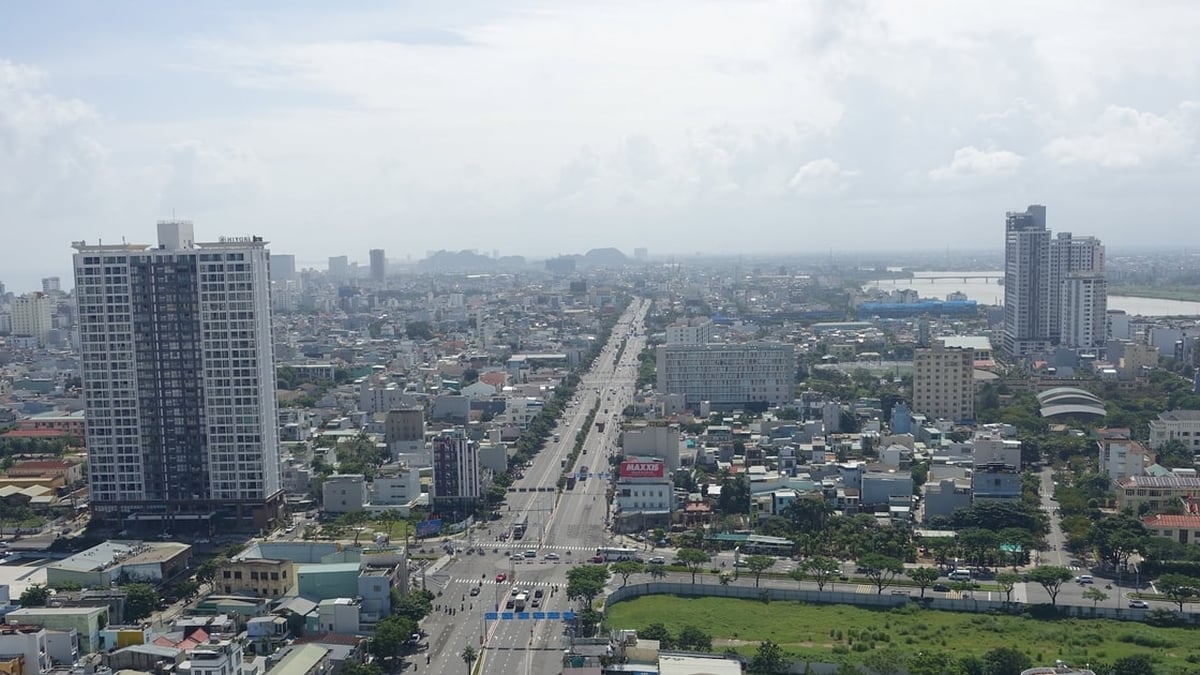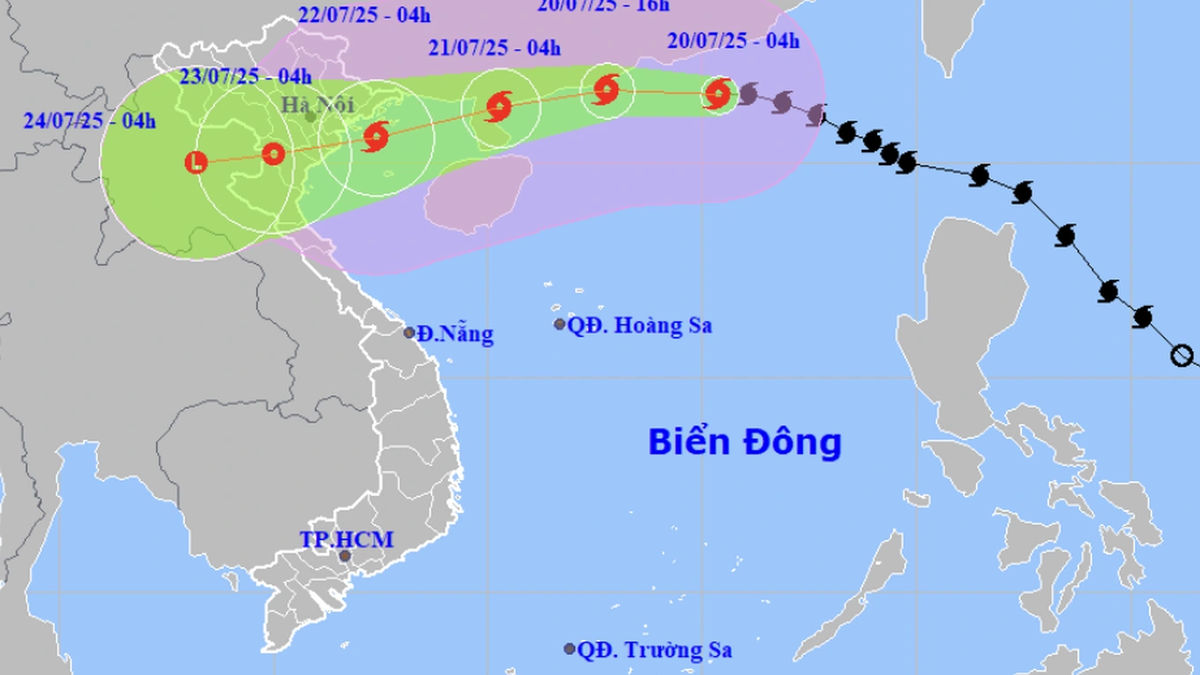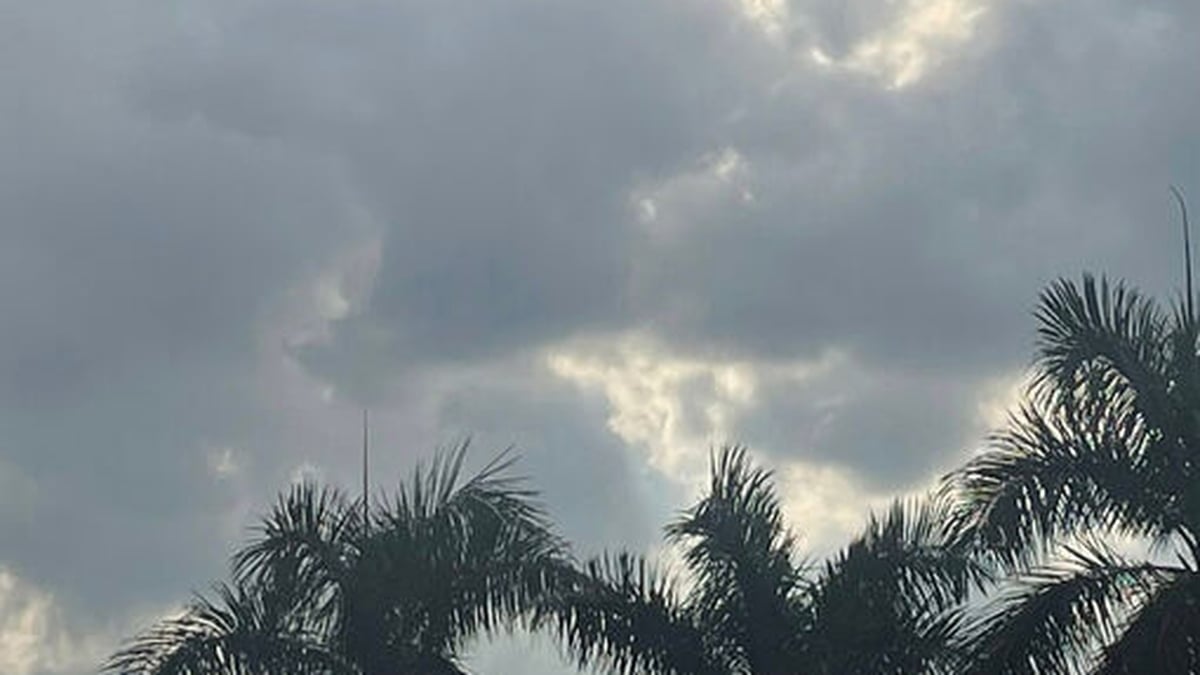According to the regulations of the Ministry of Construction , constructions such as schools, offices, shopping centers, markets, food centers, public works, etc. must build separate walkways for people with disabilities (PWD). Currently, many localities in the province have applied these standards and regulations to their constructions and gradually synchronized them with the surrounding infrastructure.
Create access for the disabled
Many public works in Tuy Hoa City have separate walkways for PWDs. On Hung Vuong Street, along both sides of the sidewalk, the curbs in many sections have been lowered to the same level as the road surface, creating a gentle slope, with a width of about 1.5m to create walkways for PWDs. Similarly, sidewalks on some other streets such as Nguyen Hue, Tran Hung Dao... after being renovated and upgraded have all arranged walkways for PWDs.
Mr. Nguyen Van Thu, a disabled person selling lottery tickets in Tuy Hoa City, said: Before, I had to have someone help me carry my wheelchair up the sidewalk. But since the city repaved the sidewalk and created a path for disabled people, I can move around more easily and conveniently.
According to Tuy Hoa City People's Committee, in 2023, the city started 17 projects applying standards and regulations to help people with disabilities access and use, typically investing in upgrading a series of sidewalks on Nguyen Thi Dinh, Vo Thi Sau, Dinh Tien Hoang streets...
Some schools have also arranged walkways for the disabled. At Trung Vuong Primary School, Dinh Tien Hoang Secondary School, etc., the entrance to the main hall is divided into two parts, one part is steps, the other part is a gentle slope as a walkway for the disabled.
In Tuy An district, the projects of building 6 classrooms and a fence for An Hoa Primary School No. 1 and building 8 classrooms for Nguyen Hoa Primary and Secondary School are under construction. According to Mr. Huynh Gia Hoang, Chairman of Tuy An District People's Committee, implementing the regulations of the Ministry of Construction, many public works in the district have applied standards and regulations for people with disabilities. In addition to the works under construction, the design documents of related projects all have this item.
Much work to do
According to the report of the Department of Construction, in recent years, renovation projects and new public works have been designed according to regulations, helping people with disabilities easily access and use...
The application of construction standards and regulations related to PWDs has basically ensured the progress as stipulated in Clause 1, Article 40 of the Law on PWDs. However, the application of standards and regulations has not yet fully covered the construction components for PWDs to access and use (mostly only ramps and handrails are built).
Besides, according to the Department of Construction, most public works are invested with state budget capital, so the investment is mainly in main items, not focusing on items to support people with disabilities due to lack of funding.
In order to effectively implement legal regulations, recently, the Department of Construction has presided over and coordinated with relevant units to inspect construction works, roads and sidewalks for people with disabilities.
Mr. Nguyen Ngoc Tu, Deputy Director of the Department of Construction, said: To ensure that 100% of PWDs can access public works, the Department of Construction has requested investors and local People's Committees to strictly implement these regulations. Specialized agencies in the work of establishing, appraising, approving design documents, granting construction permits... must include relevant regulations and standards for PWDs to access and use in many construction items right from the beginning.
For public works invested by the State such as gymnasiums, conference centers, halls, cultural houses, parks, etc., in addition to applying standards for ramps, railings, and handrails, they must be applied synchronously to other items; specifically elevators, toilets, seating arrangements for the disabled, and must invest synchronously in technical infrastructure around the works.
According to Mr. Tu, for privately invested projects such as restaurants, hotels, shopping malls, entertainment areas, etc., investors should apply standards and regulations for PWDs to access and use. In particular, in projects that apply relevant standards and regulations for PWDs to access and use, signs must be installed in accordance with regulations so that everyone and PWDs know and use them, avoiding improper use, causing damage and waste.
| Of the 22 projects recently inspected by the Department of Construction, 20 projects have applied the correct standards and regulations for the disabled to access and use. Although the application of these standards and regulations basically ensures the prescribed progress, there are still not enough parts of the project for the disabled to access and use. |
LIKE THANH
Source



































































































Comment (0)